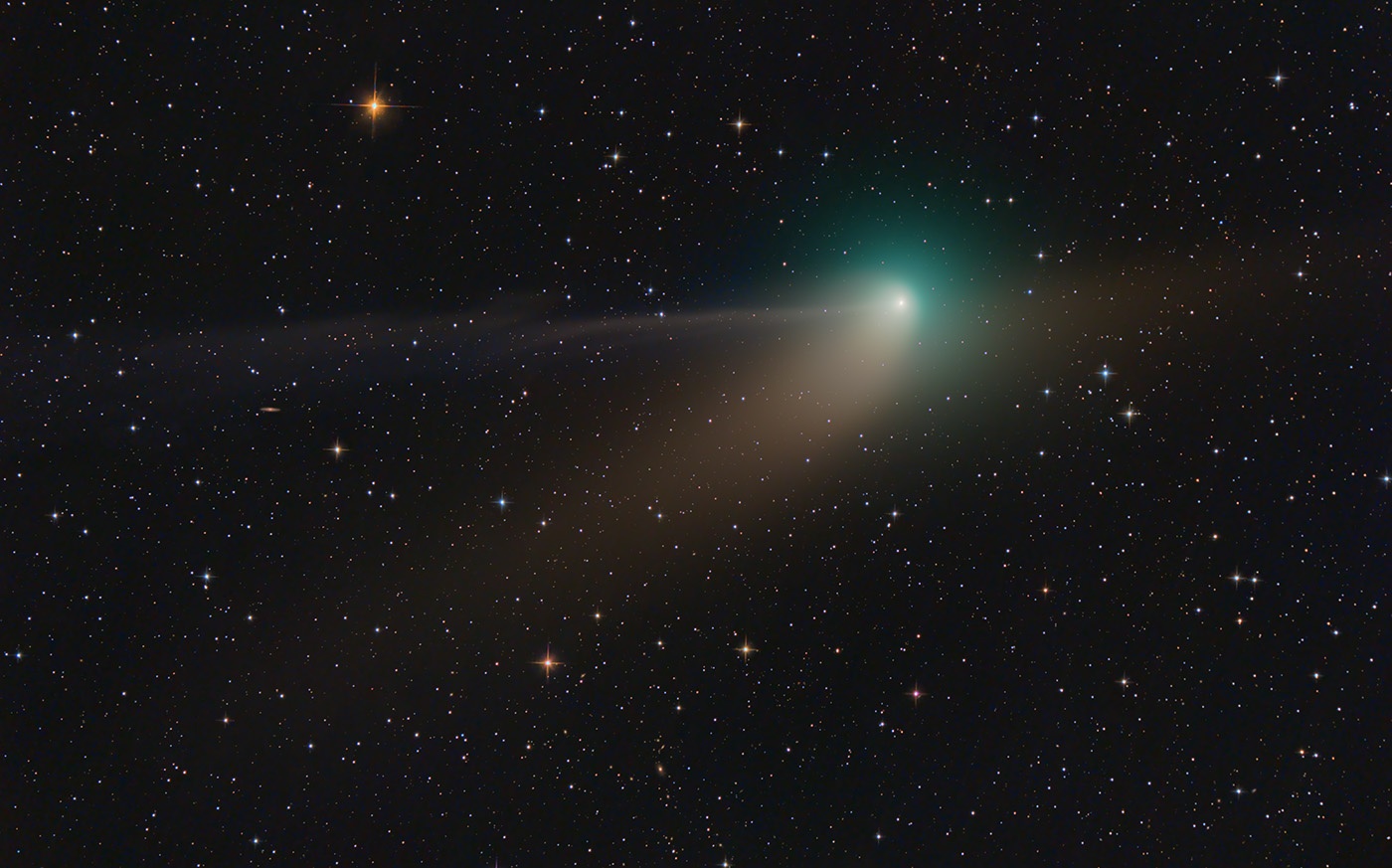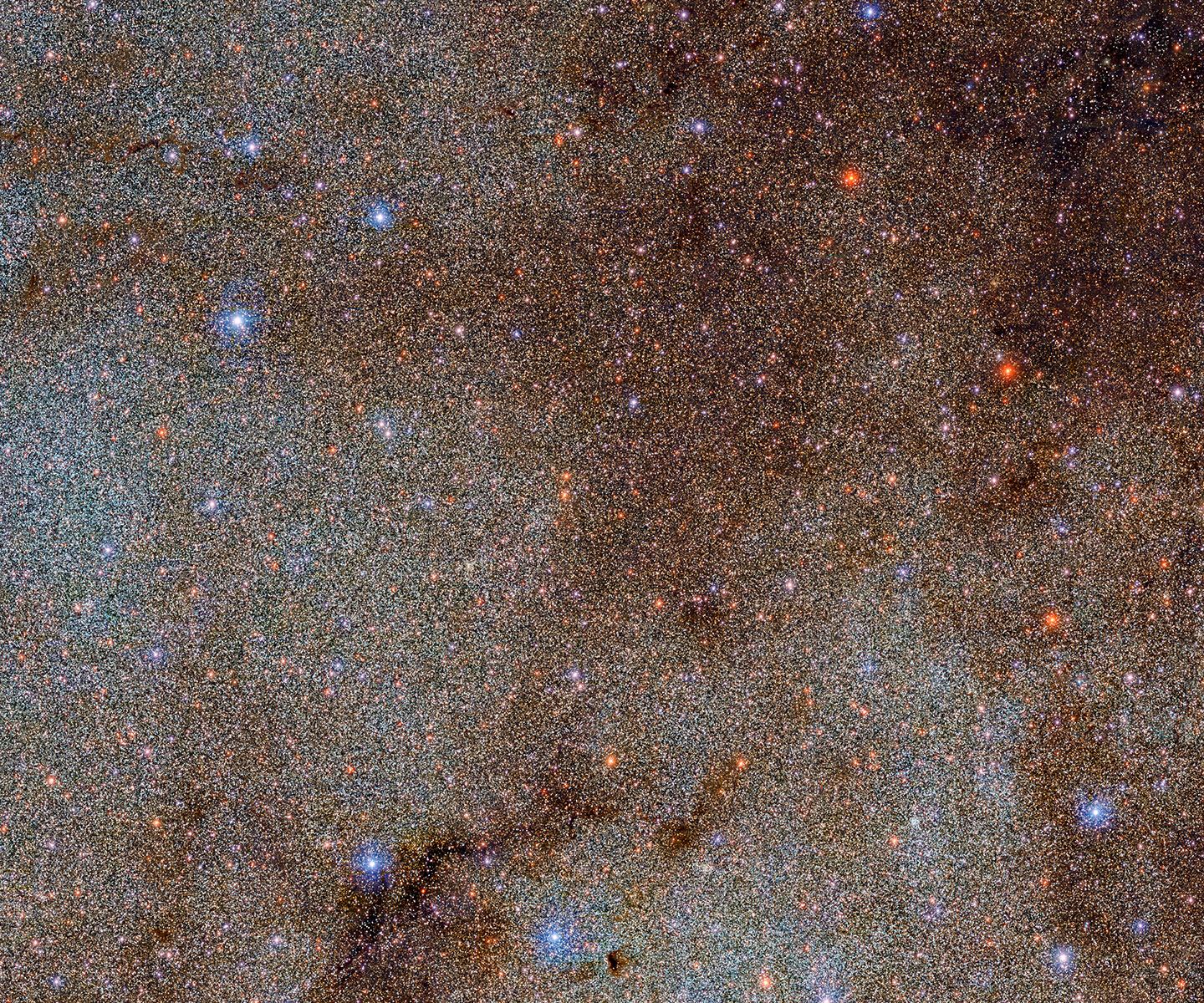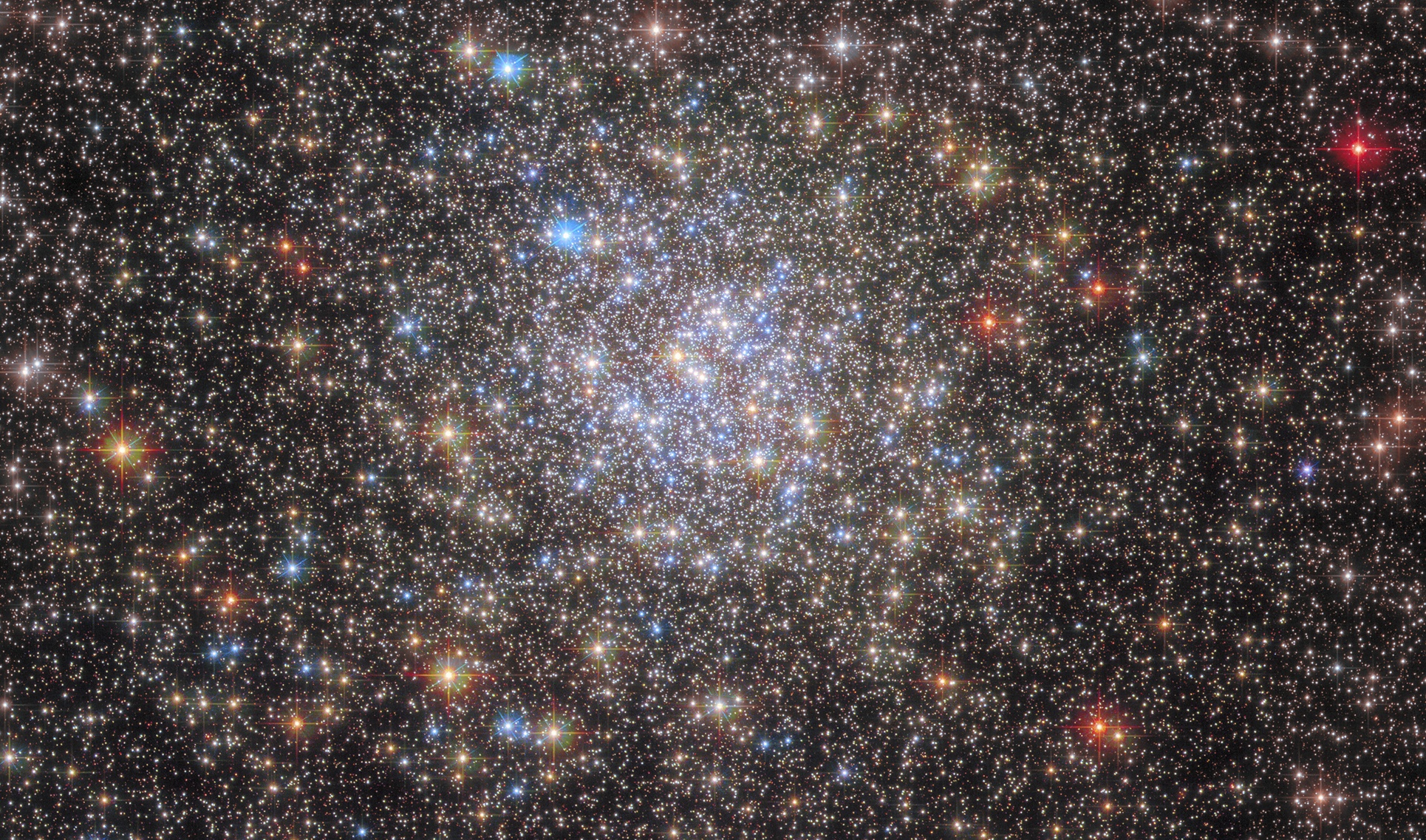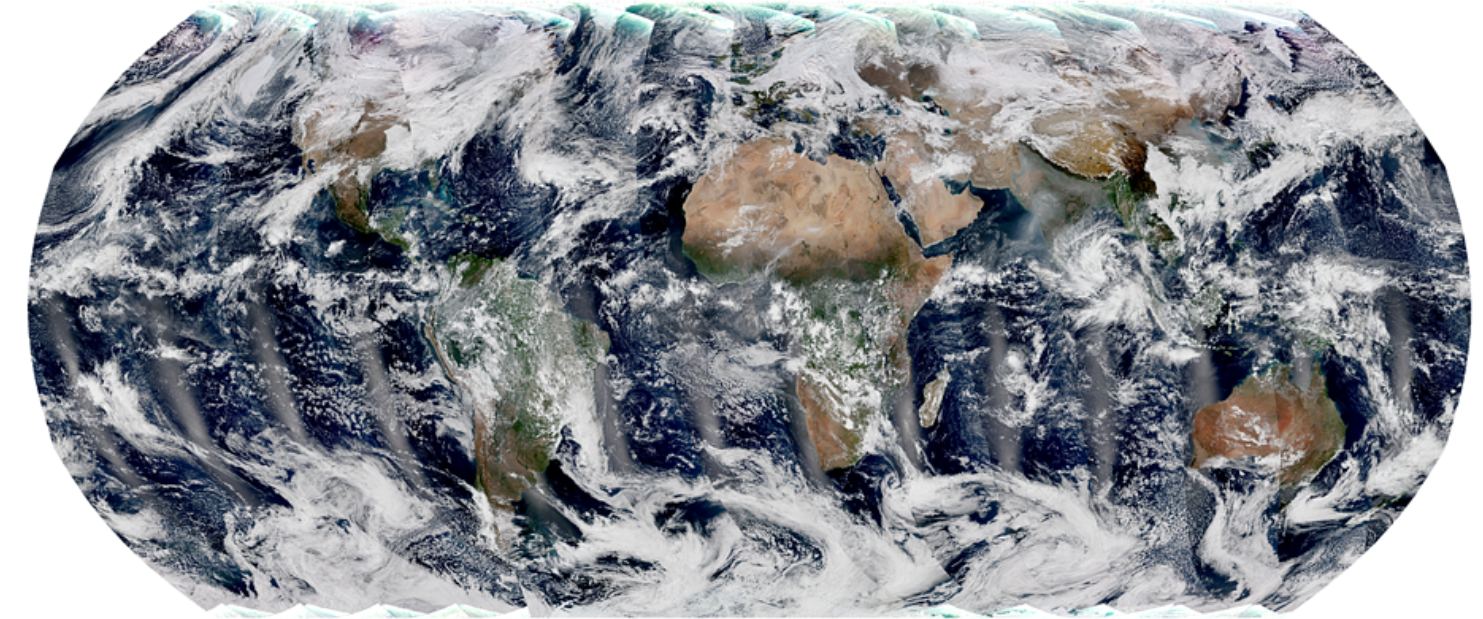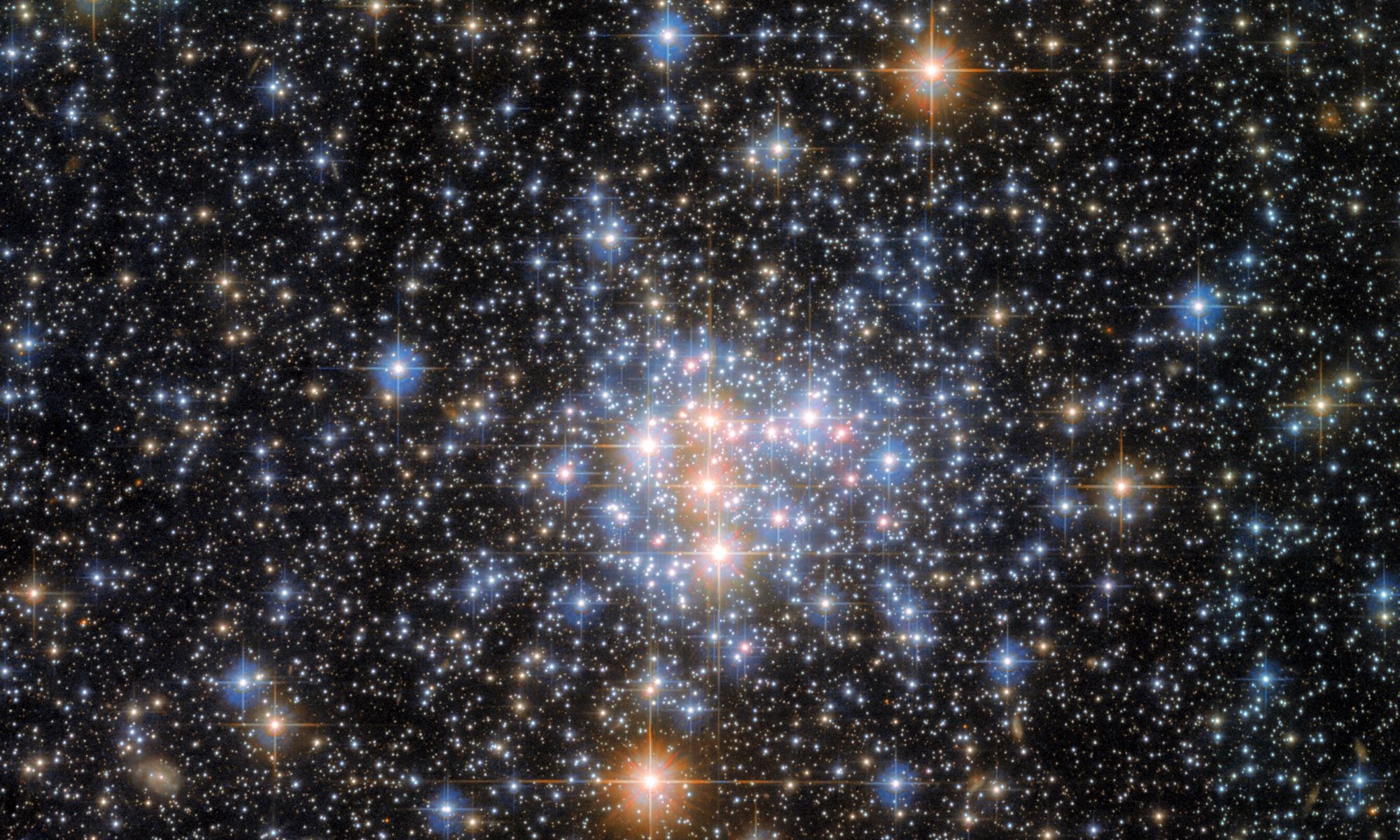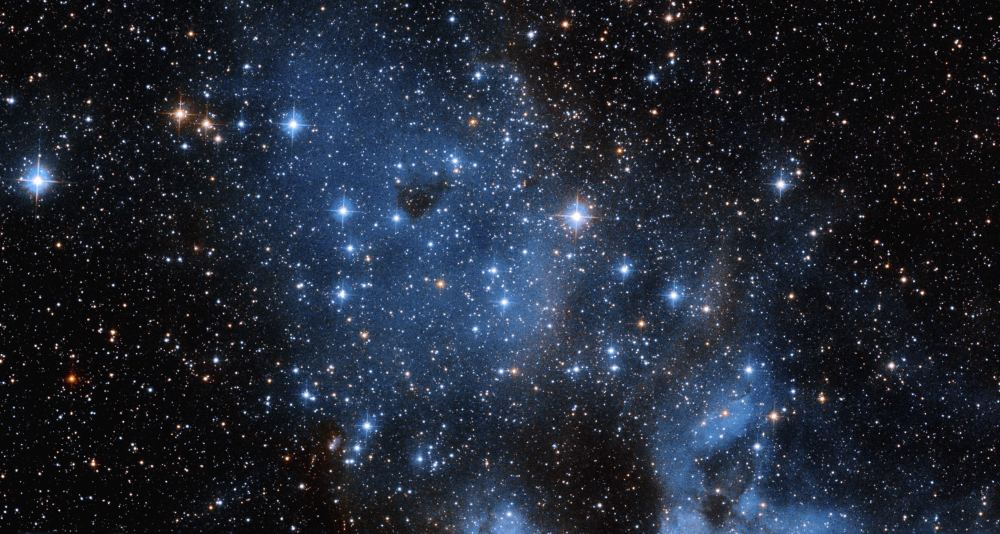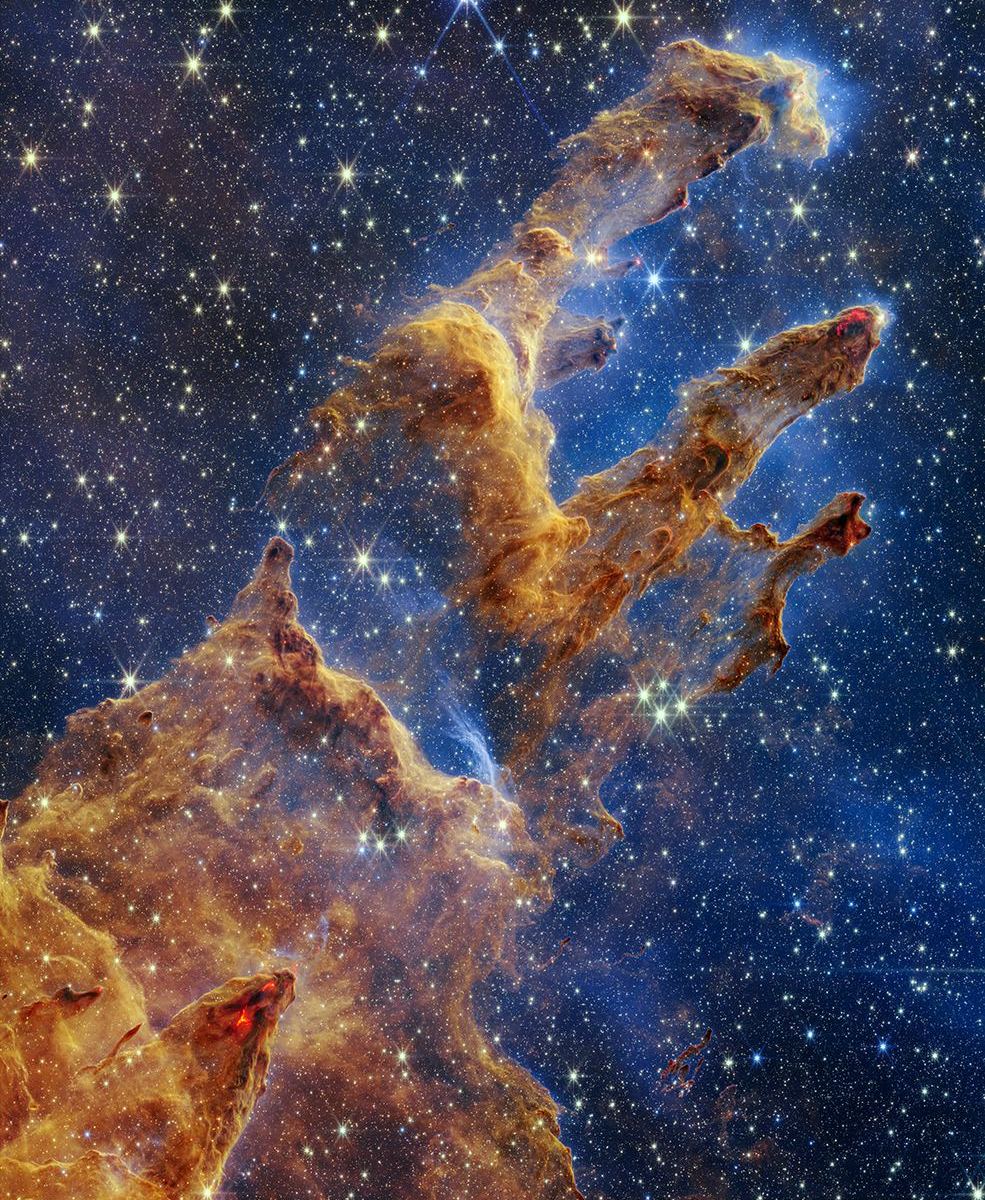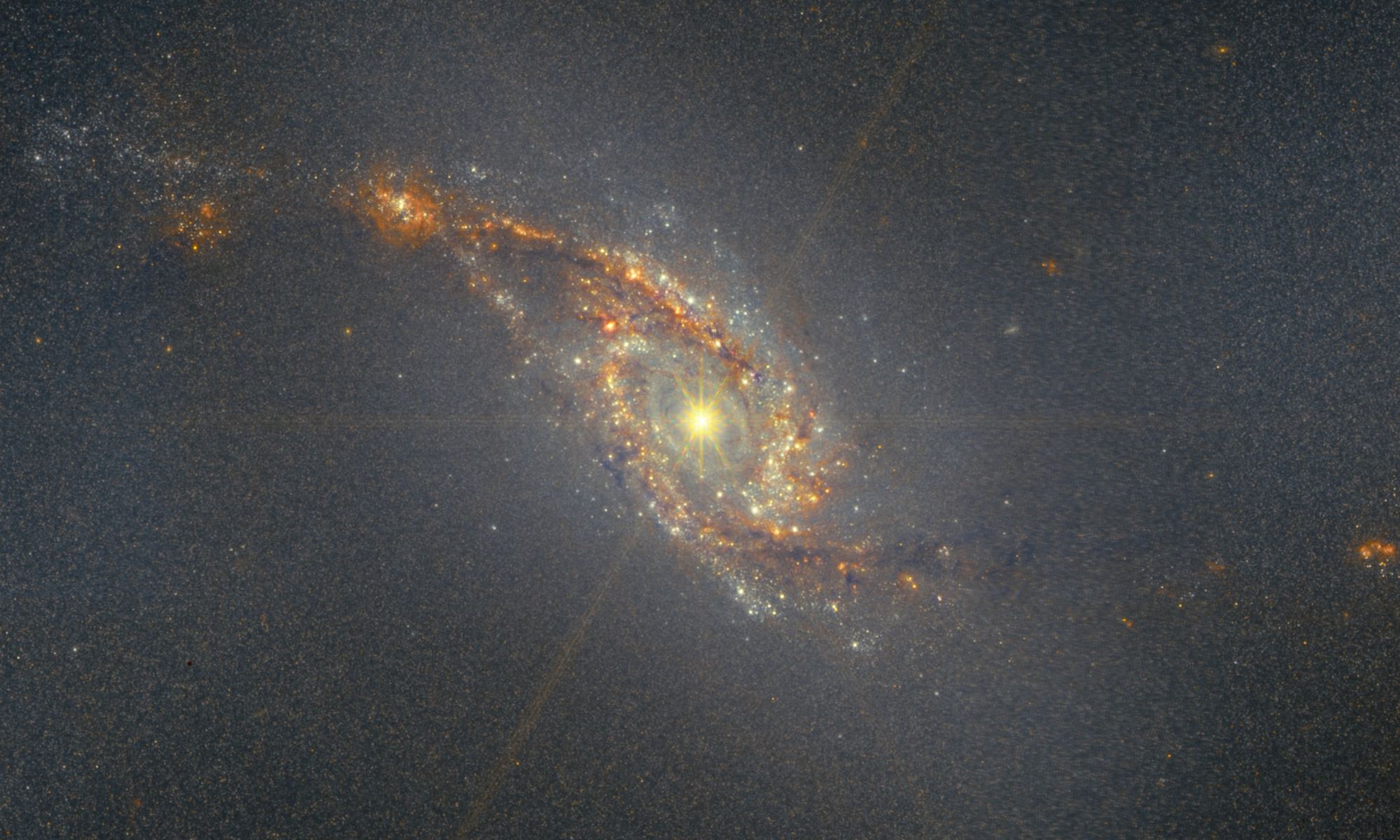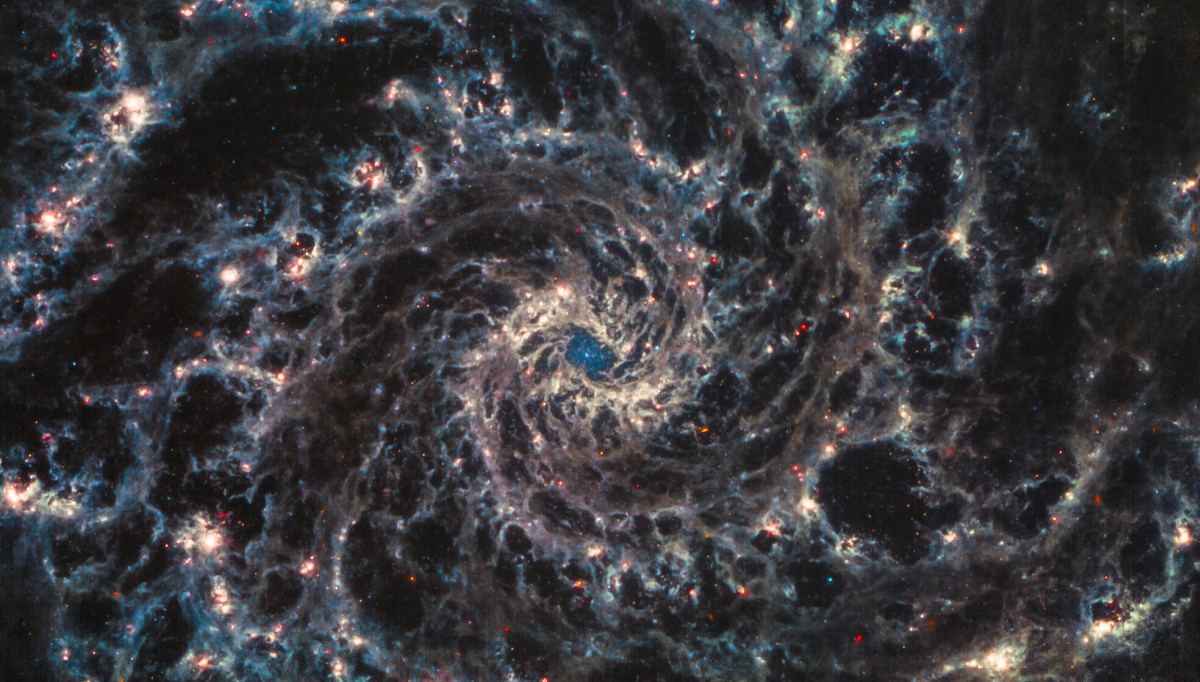A rare ‘green’ comet is passing through our Solar System and astrophotographers have been out capturing photos. While this comet, named C/2022 E3 (ZTF) is not yet visible yet to the naked eye, it could be when it makes its closest approach to Earth on February 1, but you’ll likely need to be in a very dark site. As of now, you’ll need a telescope or binoculars to see it for yourself. The images here are taken with several minutes of exposure time.
This comet has been dubbed the “Green Comet” because of its greenish hue. Professor Paul Wiegert from Western University in Canada said that comets contain carbon-bearing molecules, which break down under ultraviolet light from the Sun. This produces, among other things, dicarbon molecules which produce the eerie green glow associated with some comets.
Our lead photo comes from photographer Chris Schur from Arizona, and he points out that the comet has a rare sun-ward pointing anti-tail.
Continue reading “Spectacular Images of the Rare ‘Green Comet’ Gracing Our Skies”
